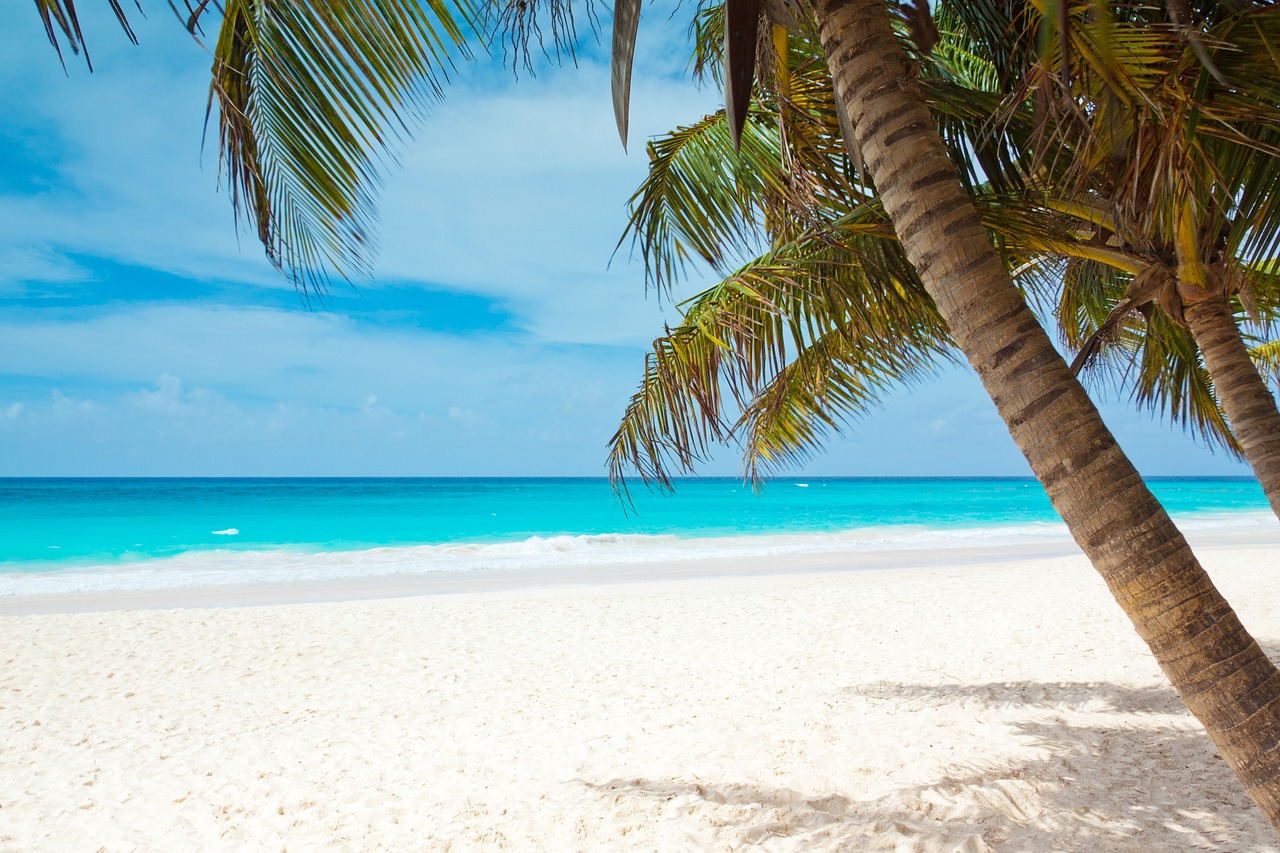Accessible travel: breaking barriers for travelers with disabilities
As you prepare for your upcoming journey, it is important to ensure that every aspect of your trip is inclusive and accessible for all individuals. By taking the time to plan ahead and consider the needs of travelers with disabilities, you can create a more welcoming and accommodating experience for everyone involved.
Start by researching the destination you will be visiting to understand the accessibility options available. Reach out to hotels, restaurants, and attractions ahead of time to inquire about their accommodations for individuals with disabilities. Taking these proactive steps will help you better prepare for your trip and ensure a smoother and more enjoyable experience for all travelers.
Understanding Different Types of Disabilities
When considering traveling with disabilities, it is essential to recognize the various types of disabilities that individuals may experience. Physical disabilities encompass conditions such as mobility impairments, limb differences, and chronic pain disorders. These disabilities can affect a person’s ability to move around freely, utilize public transportation, and engage in various activities while traveling.
Moreover, sensory disabilities, including visual and hearing impairments, can present unique challenges for travelers. Individuals with visual impairments may require additional assistance in navigating unfamiliar environments, reading signage, or communicating effectively with others. Similarly, individuals with hearing impairments may face difficulties in understanding verbal instructions, engaging in conversations, or accessing auditory information during their journey.Understanding the specific needs and challenges associated with different types of disabilities is crucial for ensuring an inclusive and accommodating travel experience for all individuals.
Challenges Faced by Travelers with Disabilities
Travelers with disabilities often encounter numerous challenges when navigating through various aspects of their journey. From inaccessible transportation options to limited accommodation choices, the lack of proper facilities can make traveling a daunting task. Additionally, the attitudes and lack of awareness from the general public towards individuals with disabilities can further contribute to their difficulties while on the road.
Furthermore, the absence of clear and comprehensive information regarding the accessibility of certain destinations can pose significant hurdles for travelers with disabilities. It is not uncommon for individuals to face unexpected barriers and obstacles that can hinder their overall travel experience. Without proper planning and awareness from both the travelers and the travel industry, these challenges faced by individuals with disabilities can significantly impact their ability to enjoy a smooth and inclusive journey.
Why is it important to plan for an inclusive journey when traveling with disabilities?
Planning for an inclusive journey is important to ensure that travelers with disabilities have access to necessary accommodations and resources to make their trip comfortable and enjoyable.
What are some common types of disabilities that travelers may face while traveling?
Some common types of disabilities that travelers may face include physical disabilities, visual impairments, hearing impairments, and cognitive disabilities.
What are some challenges faced by travelers with disabilities?
Travelers with disabilities may face challenges such as lack of accessible transportation, limited accommodations, communication barriers, and discrimination.
How can travelers with disabilities overcome these challenges?
Travelers with disabilities can overcome these challenges by planning ahead, researching accessible accommodations and transportation options, advocating for their needs, and seeking assistance from disability rights organizations.





